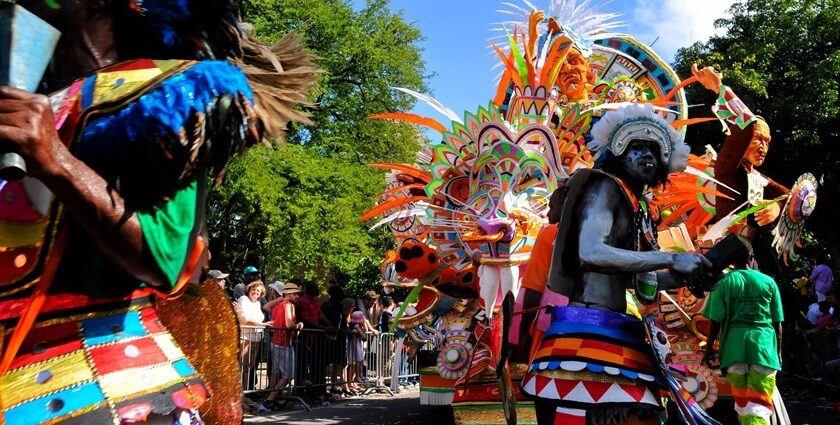Known as the national festival of the Bahamas, Junkanoo is a celebration of culture and unity. Held every year on Boxing Day and New Year’s Day, it brings the streets of the Bahamas to life with groups of performers showcasing choreographed dances to drums, whistles, and brass instruments. It’s one of the Caribbean’s most energetic festivals, inviting both locals and tourists into its beautiful carnival-like celebrations.
Being more than just entertainment, it reflects centuries of tradition, creativity, and unity, making it a defining cultural event of the Caribbean.
About Junkanoo Festival
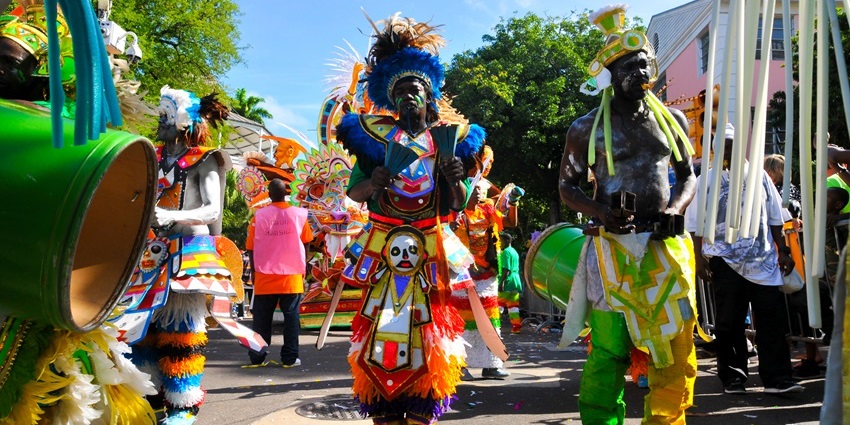
Photo: J Erick Brazzan / Shutterstock
At midnight on Boxing Day, Bahamian families gather along Bay Street to take part in the most-awaited Junkanoo festival. Celebrated on 26 December and 1st January every year, the Bay Street in Nassau becomes the main stage for the festivities, turning it into a vibrant showcase of tradition and culture.
The celebrations of this festival are the highlight of the Bahamian holiday season. It includes energetic parades featuring dancers moving to the beats of drums, horns, and whistles. Thousands of spectators line the streets to witness the event, which serves as both a cultural competition and a public celebration. Groups known as “troops” compete in elaborate parades, wearing handcrafted costumes made of crepe paper, feathers, beads, and sequins.
Historically, Junkanoo is believed to have started during the time of slavery. The festival’s origins date back to the 18th century, when enslaved Africans were given days off during the Christmas season. The slaves were given three days off, which they used to celebrate by singing and dancing in colourful masks, travelling from house to house, often on stilts. Over time, it evolved into a cultural expression of freedom, identity, and community spirit.
Suggested Read: Bahamas Beaches
Location
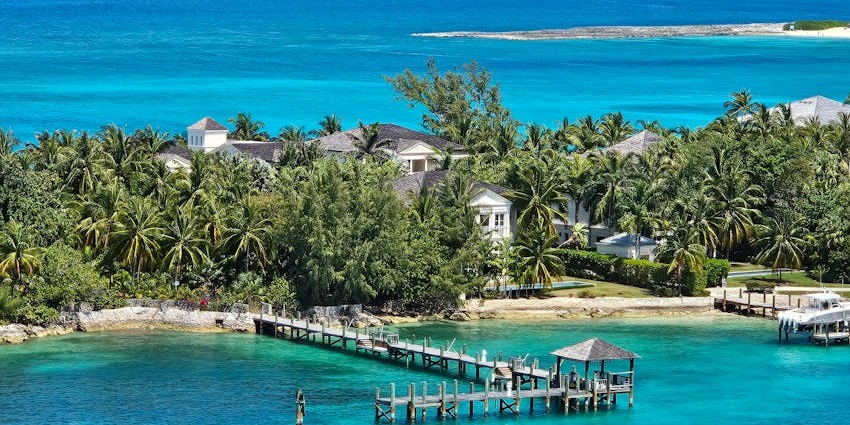
The Junkanoo festival is mainly celebrated in the Bahamas. The celebrations are held all across the island, with the most famous parades taking place in Nassau on Bay Street.
Nassau hosts spectacular performances, attracting thousands of spectators. Beyond Nassau, Junkanoo parades can also be experienced in Grand Bahama, Abaco, Eleuthera, and Exuma, each adding its own local touch to the festivities.
How To Reach
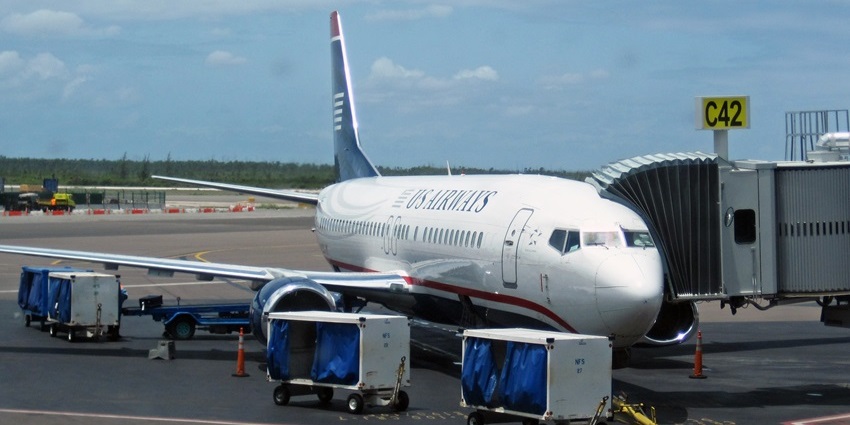
Photo: James St. John / Wikimedia Commons
By Air: The easiest way to reach Junkanoo by air is through the Lynden Pindling International Airport (NAS) in Nassau, the main gateway to the Bahamas. From major Indian cities like Delhi and Mumbai, travellers can reach Nassau with one or more layovers, typically taking around 16 – 20 hours of total travel time. From the airport, which is about 16 km from downtown Nassau, you can hire cabs or taxis to reach Bay Street.
By Rail: There is no rail network in the Bahamas. Tourists rely on road transport or short domestic flights between islands.
By Road: In Nassau, the festival parades take place along Bay Street and Rawson Square, both of which are easily accessible by taxi, local jitney buses, or rental cars. From central Nassau, it takes just a few minutes on foot to reach the parade area.
What To Experience At Junkanoo Festival
Here is a list of things to expect and experience from the festivities of Junkanoo, to immerse yourself in authentic Bahamian culture.
1. Vibrant Parades
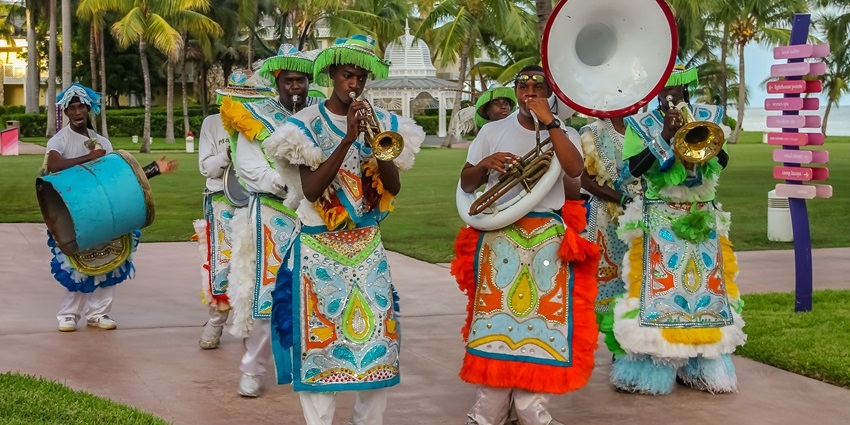
Photo: SvetlanaSF / Shutterstock
The heart of Junkanoo carnival is its street parades, filled with colorful costumes, elaborate floats, and choreographed dance routines. Spectators line the streets to watch this beautiful display of Bahamian creativity and culture. Parades are the festival’s centerpiece, featuring large groups dancing through the streets. The processions begin in the early hours, with crowds cheering as performers.
2. Traditional Music And Dance
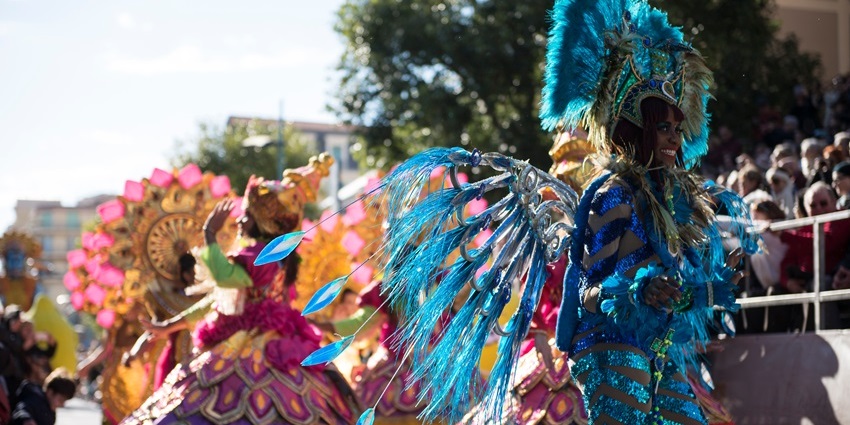
Photo: Stefano Guidi / Shutterstock / Image For Representation Only
Drumbeats, cowbells, and brass instruments set the soundtrack of the festival. These sounds trace back to African traditions, and the performances showcase a cultural continuity that has shaped Bahamian identity for centuries.
Suggested Read: Island Bliss
3. Elaborate Costumes
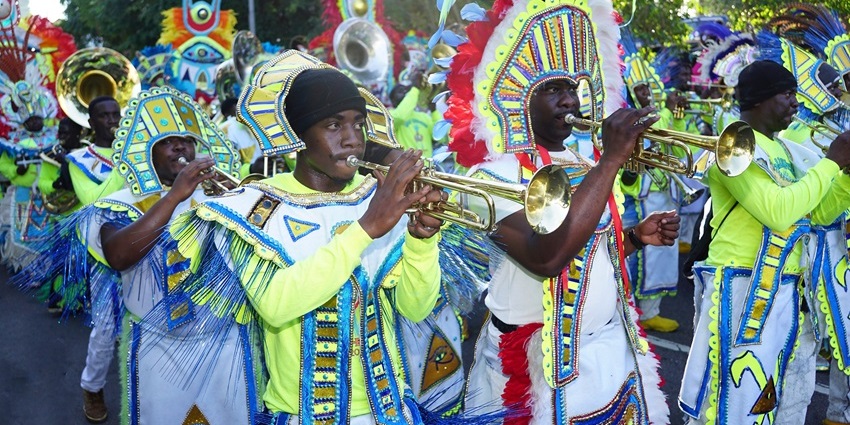
Photo: Montez Kerr / Shutterstock
During Junkanoo in the Bahamas, participants spend months designing intricate, handmade costumes made of crepe paper, feathers, and beads. Designs often follow a chosen theme, such as folklore, history, or social commentary. Each outfit tells a story and showcases artistic talent and cultural pride. The creativity and craftsmanship are a source of pride, reflecting both individual skill and collective Bahamian culture.
4. Cultural Competitions
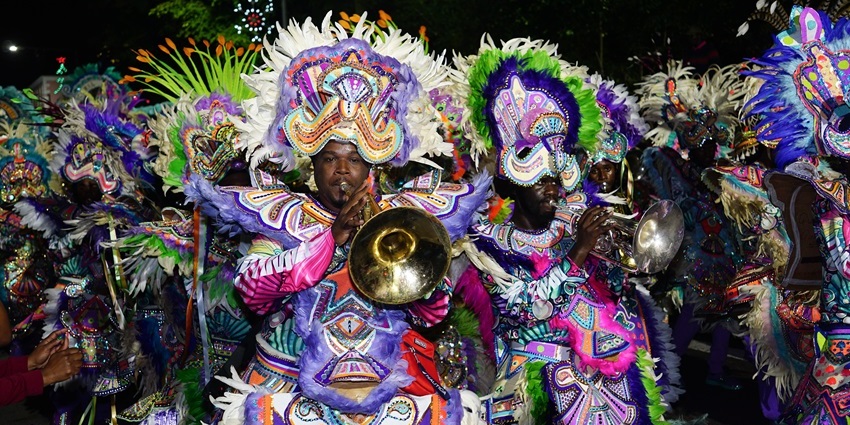
Photo: Montez Kerr / Shutterstock
Junkanoo groups compete in several categories, including music, costume design, dance routines, and overall presentation. Well-known groups such as the Valley Boys, Saxons, and One Family are central to this rivalry. The competition ensures that each year introduces new themes, more elaborate designs, and greater performances, keeping the festival innovative.
5. Local Food And Craft Stalls
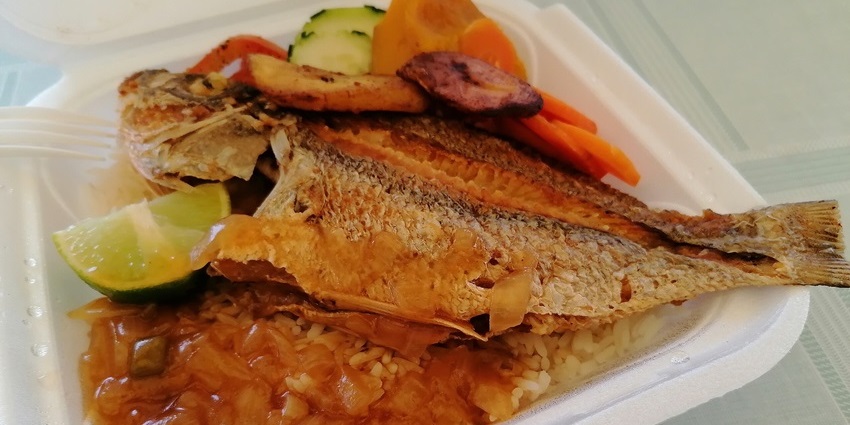
Photo: Senor Luis Bertran / Wikimedia Commons / Image For Representation Only
During the festival, streets are lined with vendors selling local Bahamian dishes like conch fritters, fried fish, and guava duff. You’ll also find handmade crafts, jewellery, and souvenirs reflecting local heritage. These stalls add another layer to the festival experience, giving visitors a chance to sample local food and purchase authentic souvenirs.
Popular Places Where Junkanoo Is Celebrated
Here are the places where this festival is celebrated, with the prominent celebrations held in the Bahamas and elsewhere around the world.
1. Nassau
The largest celebrations take place in Nassau, the capital of The Bahamas. Bay Street transforms into a majestic stage for parades, massive crowds, and exciting competition between top groups.
Suggested Read: Bahamas Islands
2. Freeport
Freeport hosts its own lively Junkanoo events, offering a more relaxed yet equally spirited version of the festival. Visitors enjoy colorful street performances and a strong sense of local pride and community.
3. Abaco Islands
In towns like Marsh Harbour and Green Turtle Cay, Junkanoo is celebrated with intimate, community driven parades. These smaller scale events offer a more personal, up-close experience of Bahamian culture.
4. Exuma
The Exuma Junkanoo celebration combines the beauty of the islands with traditional music and dance. It’s a great place to experience Junkanoo in a laid back, tropical setting with the locals. The festivities here are more intimate, offering a close-up view of colorful costumes and lively performances. Visitors can also enjoy the serene beaches and crystal-clear waters alongside the vibrant parade atmosphere.
5. Andros Island
Known for its rich folklore and traditions, Andros adds its unique touch to Junkanoo with vibrant costumes and storytelling. Celebrations here are deeply rooted in the island’s cultural identity. The parades feature rhythmic drum beats and chants that reflect generations of heritage. Visitors can also explore local art, crafts, and cuisine that make the Andros Junkanoo experience truly special.
Suggested Read: Bahamas Snorkelling
6. International Locations
This festival has also made its way beyond The Bahamas, with celebrations in cities like Miami and Atlanta, where large Bahamian communities keep the tradition alive. These events help share Bahamian culture with a global audience.
Tips For Travellers
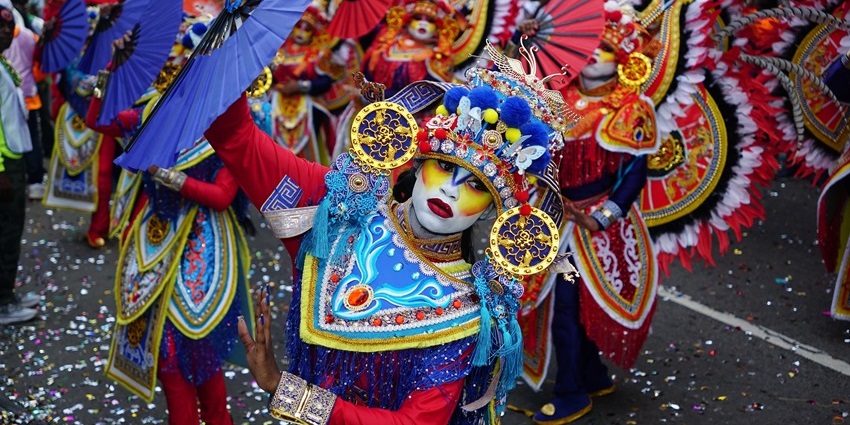
Photo: Montez Kerr / Shutterstock
- Hotels fill up fast around Junkanoo season (especially in Nassau), so reserve your stay several months in advance.
- Get to the parade route early, especially for major events on Bay Street in Nassau.
- Many food and craft vendors may only accept cash, so have small bills on hand for convenience.
- This festival is deeply rooted in Bahamian history and pride. Be respectful when taking photos and engaging with locals.
Junkanoo is one of those experiences that’s hard to explain until you’ve seen it for yourself. It’s one of the most important cultural events in The Bahamas, and being there during the festival gives you real insight into the country’s identity. It combines music, dance, and creativity in a way that’s deeply rooted in history and community pride. Watching the vibrant costumes and hearing the powerful rhythms gives you a real sense of the spirit behind the festival. Junkanoo is incorporated into every celebration, as entertainment, and as a traditional cultural expression.
Cover Photo: J Erick Brazzan / Shutterstock
Suggested Read: Airports In Bahamas To Fly Via For The Ultimate Travel Experience


 WhatsApp
WhatsApp
 Twitter
Twitter
